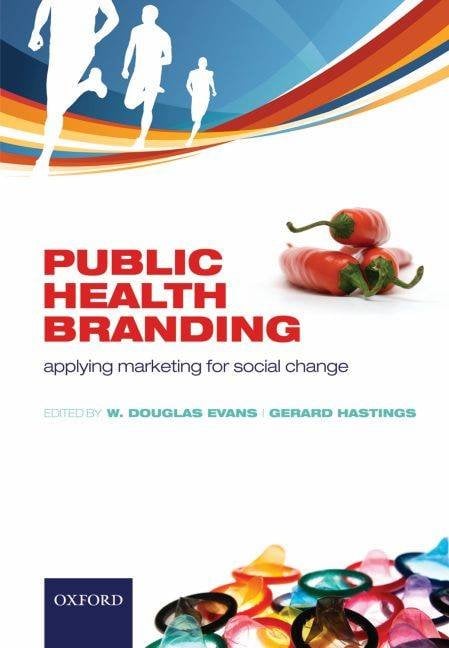Brands are designed to build relationships between consumers and the products, services, or organizations they represent by providing added value to their objects. Through brand promotion, consumers form associations with brands, which can become established and lead to a long-term relationship between the product, service or organization and consumer. Similarly, public health brands are the associations that individuals hold for health behaviours or lifestyles. Public health branding - building positive associations with healthy behaviours and lifestyle choices - is the primary strategy by which commercial marketing is applied in health communication and social marketing. This book examines theory and best practices of branding and its application in public health programs. Through a series of reviews and case studies, the book argues that branding is an emerging public health strategy that needs resources and continued development of innovative methodologies to effect lasting population-level change. In recent years, public health branding has been successfully applied across a wide range of chronic and infectious disease issues and behaviors - from tobacco control to HIV/AIDS - and globally across the developed and developing world. Branding is an important strategy for public health because it can address multiple behaviours simultaneously, and most health risks stem from multiple behaviours and complex lifestyle choices. Promoting healthy lifestyles is the key outcome for public health, thus making the development of improved branding strategies a critical objective for the field.












